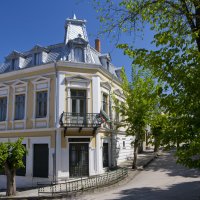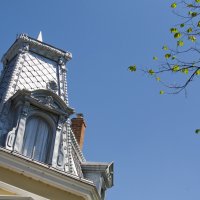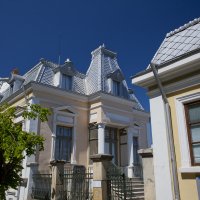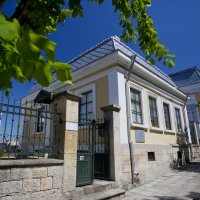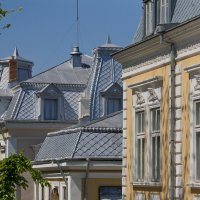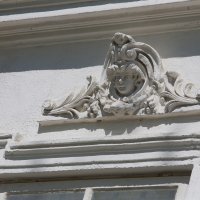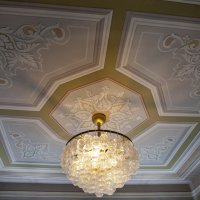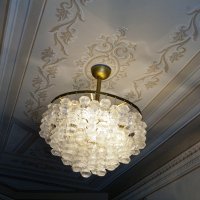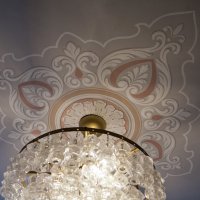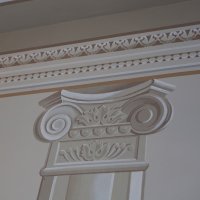About Museum
Historical museum Tutrakan was founded in 1993 in Dimitar Teodorov house. Its excibition reveals the town`s 20 century old history, exposed cronologically from ancient times to Libetarion from Romanian occupation in 1940, spread on three floors.
The development of Tutrakan and the surrounding areas are laid out on the museum’s three floors chronologically starting with Antiquity and continuing to the Liberation from Romanian occupation in 1940. Displays include a 5th century B.C., Thracian pottery, objects from the ancient fortress Transmariska, objects from the First and the Second Bulgarian kingdom, and objects from Ottoman rule and the Liberation.
In addition, the Museum has an exposition of icons from the Triavna pictorial school and church - printed books from the middle and the second half of the 19-th century.
Specific attention has been paid to the period after the Liberation in 1878, when Tutrakan blossomed as an administrative, economic and cultural center. Russian and Austrian passenger ships docked in its port and trade flourished. Tutrakan’s printers published internationally regarded authors and education became a key component of society. At the beginning of the 20-th century, Tutrakan boasted six schools and seven newspapers.
After the Balkan wars in 1912 – 1913, Tutrakan became part of Romania. In 1916 Bulgaria launched a campaign to regain Tutrakan and its surrounding areas (Dobruja). The Romanian Army suffered a disastrous defeat and Tutrakan again joined Bulgaria. Between 1919 and 1940 Romania again occupied Dobrudja, but after the signing of Krayova treaty in September 21st, 1940, Tutrakan again joined Bulgaria.
Permanent exposition – The Battle for Tutrakan
One of the most famous battles of the Bulgarian army during the wars of national union was the battle for the Tutrakan’s fortress. The exhibition “The battle for Tutrakan” presents this expansive battle, beside the white Danube, which marked the beginning of the Bulgarian army’s campaign to regain Dobruja.
